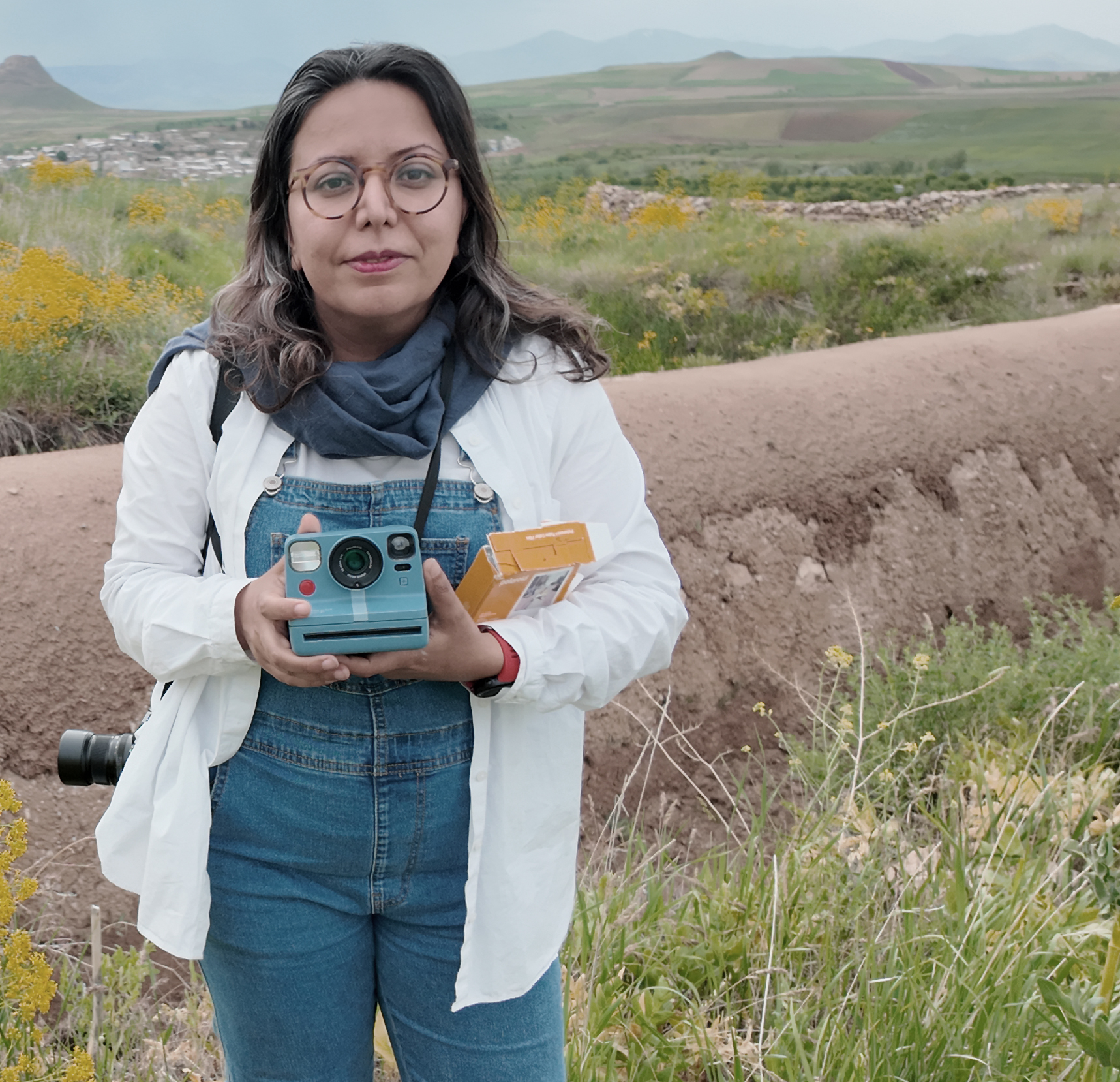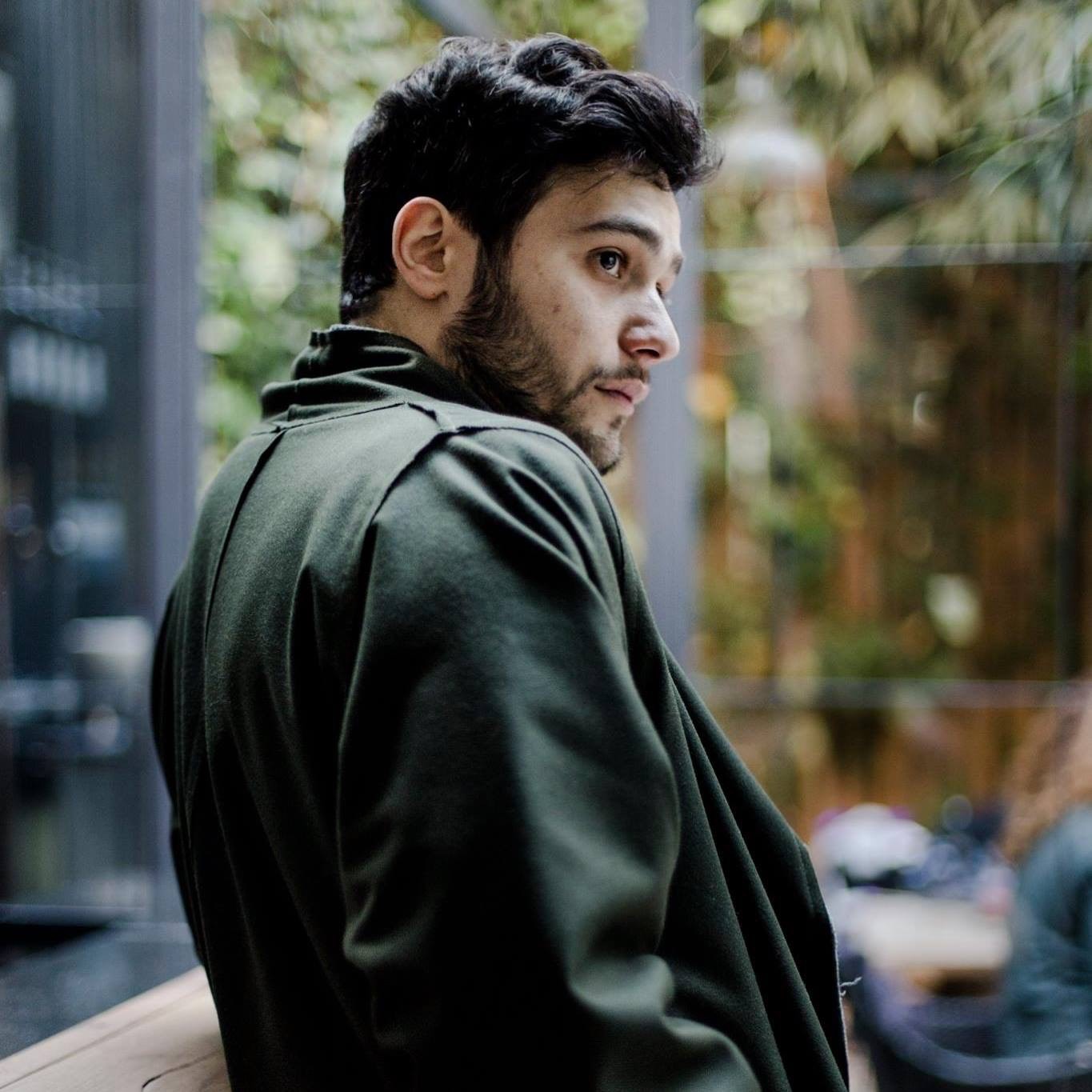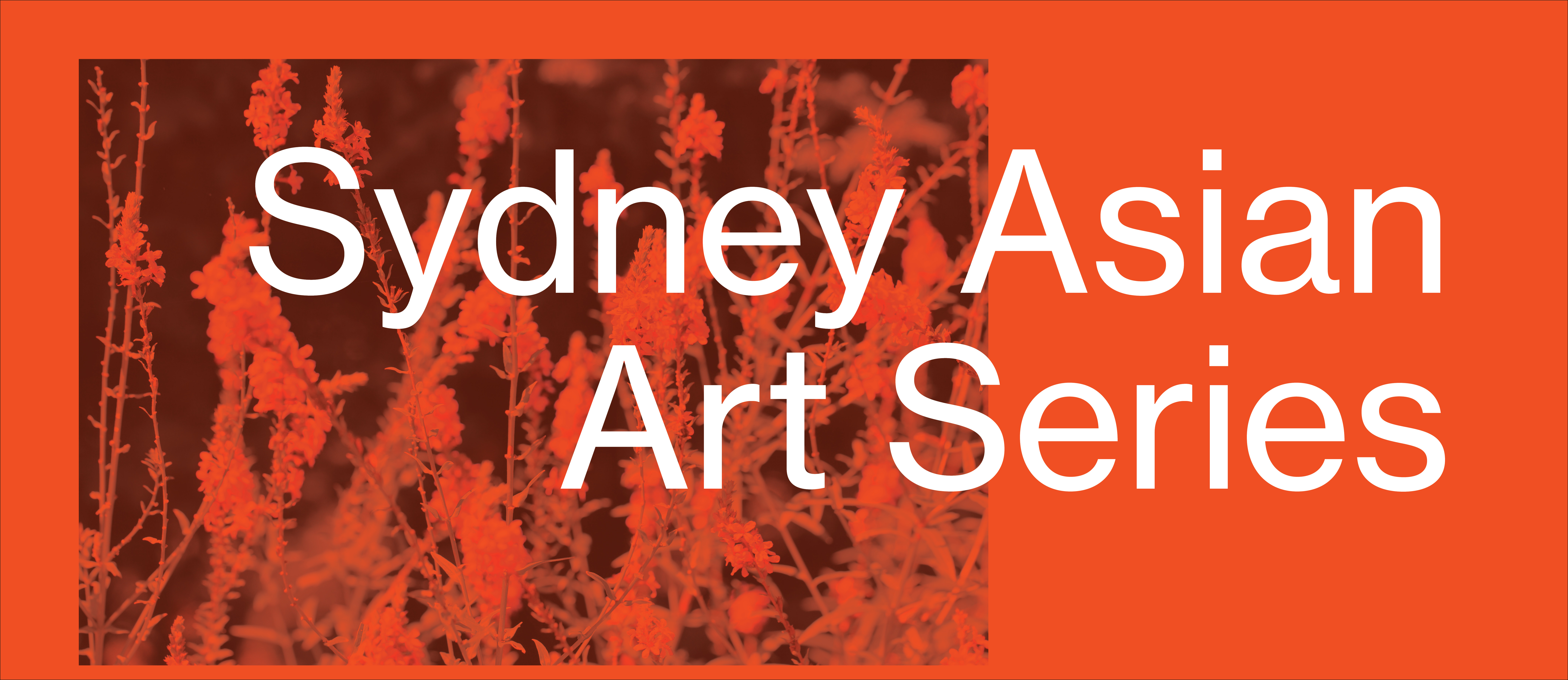Screening: Panos Aprahamian and Gohar Dashti

A screening of films by artist/filmmakers Gohar Dashti and Panos Aprahamian.
A special screening of moving image works by artist/filmmakers Panos Aprahamian and Gohar Dashti.
This screening is in connection with the panel discussion hosted by Hala Auji with Aprahamian and Dashti entitled "Tending to Memory: Art, Migration, and the Politics of Labor", as part of the 2025 Sydney Asian Art Series.
Program
Gohar Bashti, Home (2017)
Discover the meticulous process of Gohar Dashti and her team, who worked in abandoned homes in Mashhad, Iran, to create the Home series. The scenes of assembled natural materials—plants, soil, flowers—carefully selected for each specific building reflect on the resilience of nature and, ultimately, the meaning and loss of home. “The Home series is a project about the people,” Dashti once explained. “Maybe you cannot see the people, but it’s about the people.”
Gohar Dashti, Land/s (2019)
A behind-the-scenes look at how Dashti and her team created her 2019 photographic series Land/s. About this work, Dashti has explained:
"On one of my trips, an emigrant friend asked me to take a postcard back to her family in our country of origin; on the postcard was a photograph of the natural world in her new home. On its back was written, “I live here. A place similar to our home.” Similarly, I remember a documentary, in which the filmmaker asked his grandfather why he chose Texas when he immigrated to the US. His grandfather answered, “Because the nature here reminds me of my homeland: the wilderness in Iraq is just as vast.” The idea behind my Land/s series grew out of a fascination with these human-geographical narratives and their interconnection with my personal experiences. As with so many others, nature is what connects me to my homeland. It transcends borders and stays with me in my new living space; it is a base layer, a lens, an overlay; a tendril of wild fern sneaking into the frame. The limitless reach of nature and landscapes – immune to cultural and political divisions – and the ways in which immigrants inevitably search out and reconstruct these topographies in a new, ostensibly ‘foreign’ land together tell a story familiar to all humans. Regardless of who we are, our lives are layered and richly textured with physical and figurative uprootings and migrations: in flight and at rest, we carry our homelands with us."
Panos Aprahamian, Yabandjo (2016)
Yabandjo is a documentary-essay investigating the remnants of a traumatic past in bodies consumed by history as an uncertain future looms over the landscapes they inhabit. Landscapes that are in the process of being transformed into what will no longer be recognized by the present, where the camera intervenes to document that which will soon be no more. The landscapes of Anjar, a small town in rural Lebanon only a few miles from the Syrian border and inhabited by ethnic Armenians where the ordinary and the uncanny meet in a border community in transition haunted by a dark past and an unknown future.
Panos Aprahamian, This Haunting Memory that is not my Own (2021)
Through semi-fictional storytelling, This Haunting Memory That Is Not My Own examines the entanglement of economic growth and environmental decay within social and ecological injustice systems. The film confronts the extraction and violence inflicted on human and nonhuman bodies along Beirut’s shorelines, its port, and the Karantina district—a dumping ground for the unwanted, both things and bodies.
Series convened by Olivier Krischer and Peyvand Firouzeh, and co-presented by the Power Institute and VisAsia at the Art Gallery of NSW.
People

Gohar Dashti
Gohar Dashti (b. 1980, Ahvaz, Iran) makes large-scale photography that employs a uniquely theatrical aesthetic to explore the innate kinship between the natural world and human migrations. Her highly stylized photographic observations of human and plant-life reveal her fascination with human-geographical narratives and how nature connects us to the numerous meanings of ‘home’ and ‘displacement’. Her images raise questions about the immense, border-defying reach of nature—immune to cultural and political divisions—and the ways in which immigrants seek to reconstruct familiar topographies in a new, ostensibly foreign land.

Panos Aprahamian
Panos Aprahamian (b. 1986) is a Berlin-based Lebanese-Armenian unfiction filmmaker, media artist, and writer from Beirut's peripheral rustbelt. Through language, image, and ritual, his practice explores the spectral presence of the future past in undead bodies, sacrificial landscapes, and social relations. He studied filmmaking at the Lebanese Academy of Fine Arts and the University of the Arts London, graduating with an MA in Documentary Film in 2015. Aprahamian was a Caspian Arts scholar in 2015 and a fellow at Ashkal Alwan's Home Workspace Program between 2017 and 2018. He is the winner of the Ecumenical Prize at the 2022 Oberhausen Short Film Festival, recipient of the Eliza Moore fellowship for artistic excellence in 2024, and the Han Nefkens Foundation—Fundació Antoni Tàpies Video Art grantee for the 2024-2026 cycle. Between 2019 and 2021, he taught at the American University of Beirut in the Fine Arts Department and the Media Studies Program.


